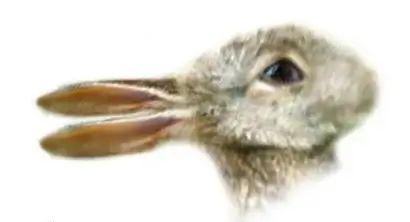Apr 3, 2013 10:27:17 AM
I recently worked with a group to support them on discovering new ways to collaborate together. I designed the work around ways to practice cognitive diversity. I hoped they could go beyond accepting others unique talents, opinions, and experiences. Diversity today is not about merely accepting others, but rather embracing differences. Diversity in today’s ever evolving workplace demands that we seek differences, because we each only hold a piece of the truth. We need others who think differently to expand on the possibilities.
We each see the world in ways that are uniquely ours. I read a book once that described this truth via a scenario where a young man sits down in a movie theater with his Mom. They have purchased the necessary popcorn, watched the “coming attractions”, and finally the feature film begins to play. There is something oddly familiar about the movie, and he soon recognizes himself and his siblings in a scene from his youth. How can this be possible? This movie is the story of his life, and yet it isn’t quite the way he remembers it. The characters are similar, and yet inaccurate. For example, his older brother, who was always “getting away with murder,” was more mature and giving in this version of the story. He turns to his Mom and says, “Can you believe they mean this to be about us, but they got it all wrong!” His Mom replies, “but this is exactly how I remember it.” The young man realizes he is watching his life story through the eyes of his mother. This story makes the point, that while we may be experiencing the same circumstances with others, our reality is often different. We perceive things differently and we think differently, which is known as cognitive diversity.
Most people find it easier to work with people who think like them, and challenging to work with people who do not think like them. Thinking differently means that we problem solve differently. And this can be painful. Some, more conventional thinkers break problems down and explore the pieces while integrative thinkers see the problem as a whole and examine how the parts fit together. We also perceive reality differently, based in part on past experiences and the need to organize and make sense of the world.
Sometimes when I see an expansive view that takes my breath away, or a scene between strangers that touches me deeply on some emotional level, I might make myself wonder at another’s experience in that moment. What do they feel or think? Sometimes I suspect that what inspires me is sheer boredom to someone else, and vice-versa. I remember a long time ago, I stood at the edge of the Grand Canyon and my legs felt weak from fear and yet others were hanging over the rails in ways that I could only perceive as dangerous and misguided. They felt exhilaration, wanting to lean in to the moment and I wanted to escape it.
In the work with this group, I used images as a way to demonstrate that our brains actually see things differently. One of the images I used can be seen as either a rabbit or a duck. The team was quite surprised to learn that what they saw (and translated as a fact) was sometimes interpreted differently by others. The members where fond of saying to each other after that, “I want to know how you see it. Just because I think it’s a rabbit, that doesn’t mean that’s the whole picture…maybe you see a duck.”
Sometimes we get so stuck in our view of the world that we forget we only have a piece of the truth. We need each other to challenge our beliefs and assumptions. Sometimes a rabbit is really a duck. Which do you see?
If you like this blog, I think you will like my book The Cycle of Transformation. Available now!






